Description
Discover the beauty of the Philodendron ‘Pink Princess’. With its delicate pink variegated leaves, this plant is sure to add a pop of colour to any space. Its easy-care nature makes it a perfect addition to any indoor garden. Bring home this stunning plant today and enjoy its unique features!
Full Botanical Name:
Philodendron erubescens ‘Pink Princess’
Common Names:
Pink Princess Philodendron
Country and/or Region of Origin:
This is a hybrid variety, bred from species native to the tropical regions of Central and South America.
Growing Conditions in Native Habitat:
Philodendrons in the wild typically thrive in warm, humid conditions under the canopy of dense tropical forests.
Care Information:
-
Light:
Prefers bright, indirect light to maintain its vibrant pink variegation. Direct sunlight can scorch the leaves, while insufficient light can cause the pink coloration to fade. -
Ideal Room:
Well-suited for rooms with ample indirect sunlight, such as a living room with east or west-facing windows. -
Feeding:
Feed with a balanced, liquid fertilizer every 4-6 weeks during the growing season. Reduce feeding in winter when growth slows. -
Humidity:
Thrives in high humidity. Regular misting, using a humidifier, or placing the plant near a humidity tray can help meet its moisture needs. -
Ideal Temperature:
Best kept in temperatures between 65°F and 85°F (18°C to 29°C). Avoid temperatures below 55°F (13°C). -
Watering:
Water when the top inch of soil feels dry. Ensure the pot has good drainage to avoid waterlogging. -
Pet/Child Safe:
Toxic to pets and children if ingested due to calcium oxalate crystals. -
Soil:
A well-draining potting mix rich in organic matter is ideal. Mixes containing peat, perlite, and vermiculite are good choices. -
Propagation:
Propagate by stem cuttings in spring or early summer. Place cuttings in water or moist soil until roots develop. -
Eventual Height and Spread:
Can grow up to 2-4 feet (60-120 cm) tall with a similar spread. -
Growth Rate:
Moderate, depending on care and environmental conditions. -
Pests and Treatment:
Look out for pests such as spider mites, mealybugs, and aphids. Treat with insecticidal soap or neem oil as needed. -
Repotting:
Repot every 2-3 years during spring to refresh the soil and provide more room for growth. -
Pruning:
Prune as necessary to control size and shape, or to remove unhealthy leaves. -
Folk Law:
Often viewed as a luxurious and trendy plant, the Pink Princess is celebrated for its unique coloration and is a popular choice among houseplant enthusiasts.

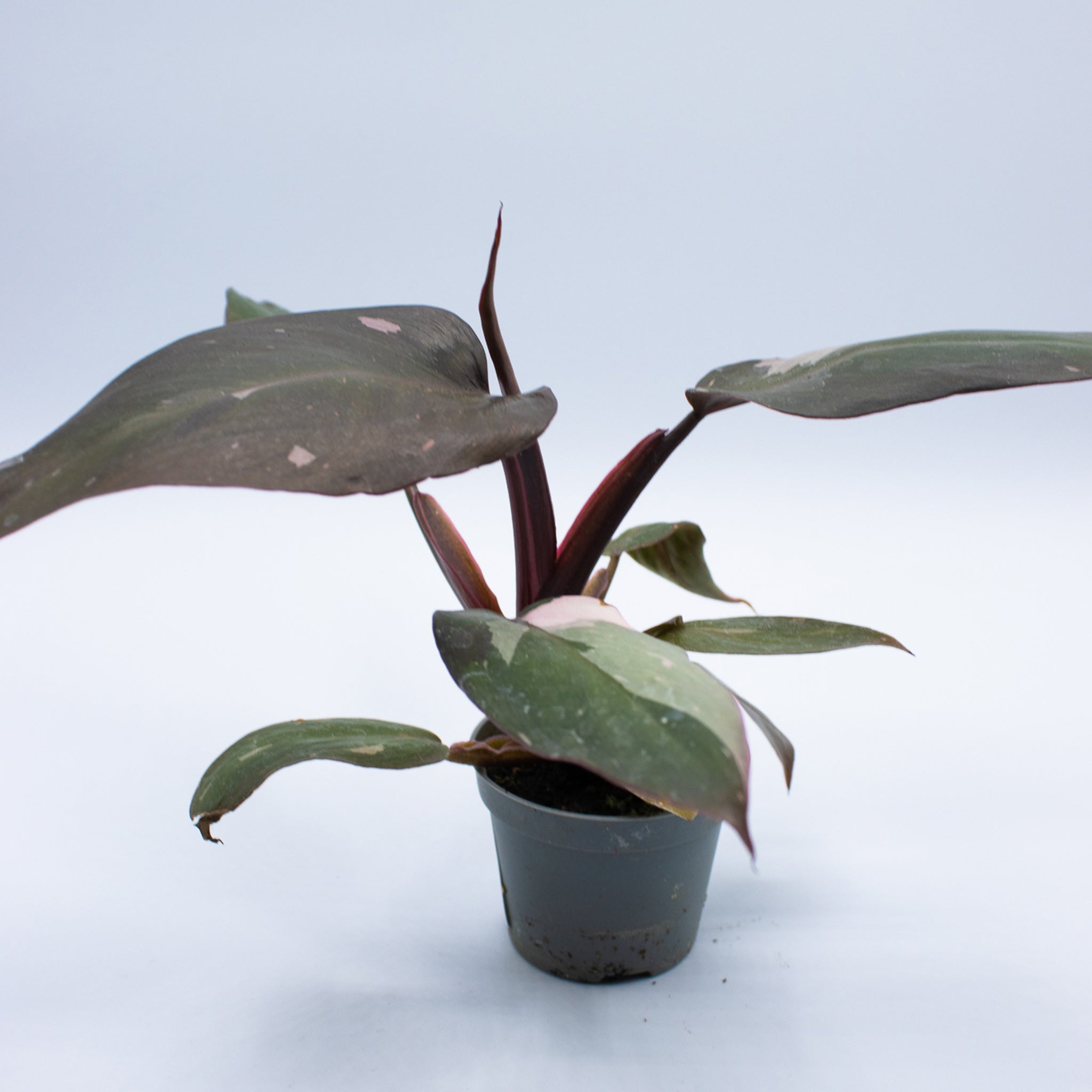
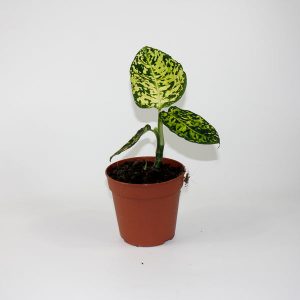
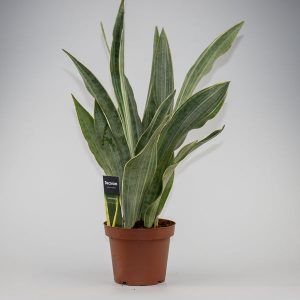
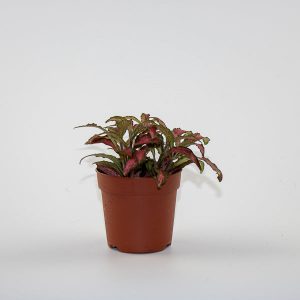
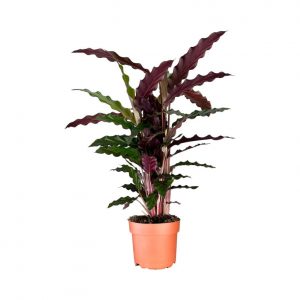

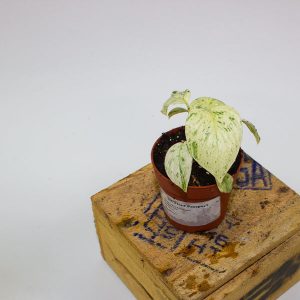

Reviews
There are no reviews yet.